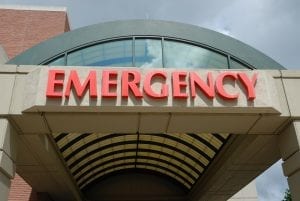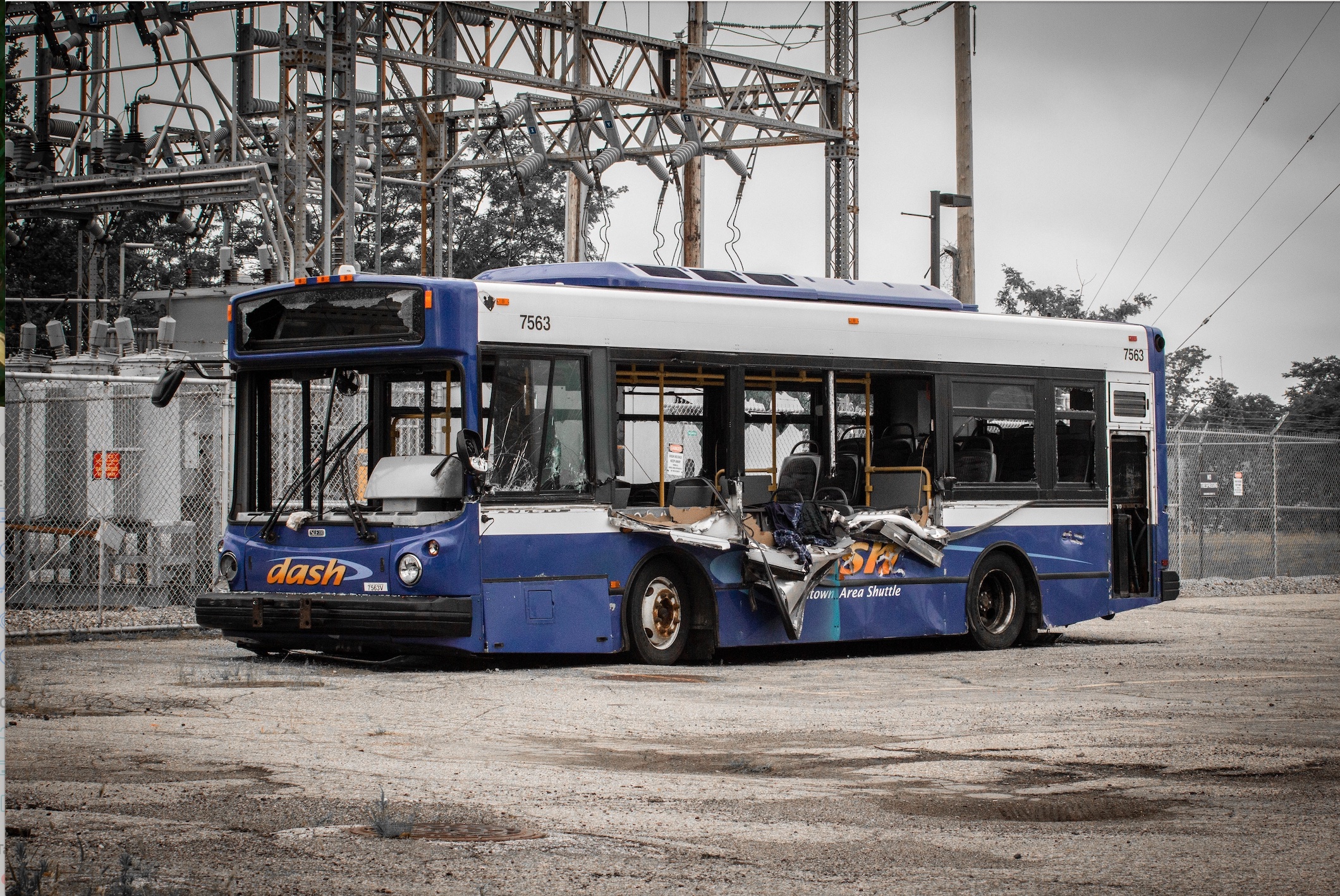Determining liability in a public transit accident requires a thorough investigation of the incident, including reviewing accident reports, analyzing surveillance footage, and consulting experts.
Public transportation is a vital part of daily life for millions of Americans. In major cities like Los Angeles, buses, trains, and subways offer an affordable and efficient way to commute. However, the Los Angeles Metro system has seen a rise in accidents and injuries over the past five years. Accidents involving public transit vehicles can cause serious injuries to passengers, pedestrians, and even drivers of other vehicles. When these vehicle collisions happen and result in injuries, determining liability is crucial for victims seeking compensation.
Understanding Liability in Public Transit Accidents
Public transit accidents can occur for various reasons, including driver negligence, mechanical failures, poor road conditions, or even third-party actions. Unlike regular car accidents, which typically involve private individuals and insurance companies, public transit accidents often involve government agencies, making liability claims more complex.
Here are the primary parties that could be held liable for injuries after a public transit accident:
1. The Public Transit Agency
Many public transit systems, including buses and trains operated by city or state agencies, are responsible for passenger safety. If the accident occurred due to a negligent bus or train operator, the transit agency might be held liable. Common examples of transit agency negligence include:
- Distracted or reckless driving by the operator
- Failure to follow traffic laws or speed limits
- Poor vehicle maintenance leading to mechanical failures
- Inadequate driver training or supervision
Since most public transit systems are government-run, filing a claim against them involves strict deadlines and procedures. Victims may need to file a notice of claim within a short timeframe, often much sooner than standard personal injury claims.
2. The Public Transit Operator
While the transit agency may ultimately be responsible, individual operators can also be liable if their negligence directly caused the accident. If a bus driver, train conductor, or subway operator was intoxicated, distracted, or otherwise reckless, they could be held personally accountable. However, their employer (the transit agency) is usually vicariously liable under the legal principle of respondeat superior, meaning the agency may be responsible for its employees’ actions while they are on duty.
3. Third-Party Drivers
If another driver caused the accident by crashing into a public transit vehicle, that driver (or their insurance company) may be liable for injuries. For example, if a car ran a red light and collided with a city bus, the car’s driver would likely bear financial responsibility. In such cases, victims may file claims against the at-fault driver’s insurance policy.
4. Manufacturers and Maintenance Companies
Public transit vehicles require regular maintenance to ensure passenger safety. If a mechanical failure—such as brake malfunctions or tire blowouts—caused the accident, the manufacturer or maintenance company responsible for inspecting and repairing the vehicle could be held liable.
For instance, if an investigation reveals that faulty brakes caused a train derailment, the company that produced or serviced those brakes might be legally responsible for any resulting injuries.
5. The Local Government or Municipality
If poor road conditions, malfunctioning traffic signals, or inadequate signage contributed to the accident, the city or state government responsible for maintaining safe roadways could be held accountable. However, like claims against transit agencies, lawsuits against government entities involve special rules and tight filing deadlines.
What Should You Do If You Are Injured in a Public Transit Accident?
If you are involved in a public transit accident, taking the right steps can strengthen your claim for compensation:

- Seek medical attention immediately for your injuries.
- Report the accident to the transit agency or local authorities.
- Document the scene by taking photos and collecting witness contact information.
- Keep records of medical bills, lost wages, and other damages.
- Consult a personal injury attorney to understand your legal rights and options.
Because public transit accident cases can involve complex liability issues, an experienced lawyer can help you navigate the legal process and ensure you meet critical deadlines.
Learn More About Public Transit Injury Claims
Determining liability in a public transit accident requires a thorough investigation of the incident, including reviewing accident reports, analyzing surveillance footage, and consulting experts. If you or a loved one suffered injuries in a public transportation accident, you may be entitled to compensation for medical expenses, lost income, pain and suffering, and other damages.


Join the conversation!